Accepted Scientific Name: Mammillaria plumosa F.A.C.Weber in Bois
Dict. Hort. [Bois] 2: 804. 1898 Bois
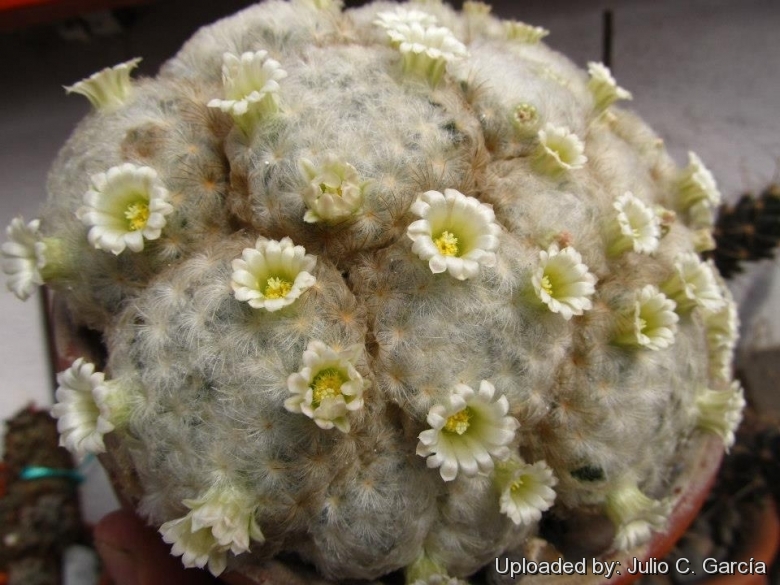
Chilita plumosa (Mammillaria plumosa) Photo by: Julio C. García
has beautiful feathery looking spines that are so soft, it makes it one of the friendliest of all cacti.
Origin and Habitat: Coahuila and Nuevo León. Mexico (extent of occurrence less than 7,500 km²)
Altitude Range: Mammillaria plumosaSN|9350]]SN|9350]] grows at elevations of 730 to 1,350 metres above sea level.
Habitat and Ecology: It grows on limestone cliffs in sparse xerophytic shrubland, there is continuing decline due to ongoing collection, but the number of locations probably exceeds ten and the population is not likely to be severely fragmented. The species is illegally collected for the ornamental trade. The local community in the area also collects plants from the wild and sells them at local markets at Christmas time, as they are used to decorate nativity scenes.
Synonyms:
See all synonyms of Mammillaria plumosa
back
Accepted name in llifle Database:Mammillaria plumosa F.A.C.Weber in BoisDict. Hort. [Bois] 2: 804. 1898Synonymy: 6
back
Common Names include:
ENGLISH: Feather Cactus
SPANISH (Español): Cabeza blanca, Biznaga plumosa
Description: Mammillaria plumosaSN|9350]]SN|9350]] is a clumping plants that forms low, dense mounds sometime up to 40 cm wide entirely covered by the mass of white feathery spines.
Stems: Depressed globose or somewhat elongate, without latex, spherical, 4- 7 cm high and in diameter. Light green, but appearing white because of the dense spines.
Tubercles: Small, flattened, 2-4 mm long, somewhat woolly in their axil.
Radial spines: About 40 per areole 1 - 7 mm long, white, weak, interlacing, feathery. The spines in this specie have very long hairs along the spine-axis arranged as are the segments of a bird's feather and that furnish an epidermal protection against the blasting sun of the desert.
Central spines: Absent.
Flowers: Whitish yellow, up to 3-15 mm long (occasionally with pink midstrips), with a strong sweet scent. Perianth segment with a reddish line running down to the centre.
Fruit:
Seeds: Black.
Subspecies, varieties, forms and cultivars of plants belonging to the Mammillaria plumosa group
Bibliography: Major references and further lectures
1) Edward Anderson “The Cactus family” Timber Press, Incorporated, 2001
2) James Cullen, Sabina G. Knees, H. Suzanne Cubey "The European Garden Flora Flowering Plants: A Manual for the Identification of Plants Cultivated in Europe, Both Out-of-Doors and Under Glass" Cambridge University Press, 11/Aug/2011
3) David R Hunt; Nigel P Taylor; Graham Charles; International Cactaceae Systematics Group. "The New Cactus Lexicon" dh books, 2006
4) N. L. Britton, J. N. Rose “The Cactaceae. Descriptions and Illustrations of Plants of the Cactus Family.” Volume 4, The Carnegie Institution of Washington, Washington 1923
5) Fitz Maurice, B, Sotomayor, M., Fitz Maurice, W.A., Hernández, H.M. & Smith, M. 2013. Mammillaria plumosa. The "IUCN Red List of Threatened Species." Version 2014.1. <www.iucnredlist.org>. Downloaded on 21 July 2014.
 Chilita plumosa (Mammillaria plumosa) Photo by: Diego Armentano
Chilita plumosa (Mammillaria plumosa) Photo by: Diego Armentano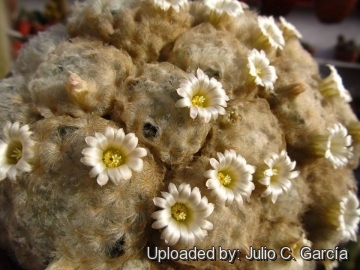 Chilita plumosa (Mammillaria plumosa) Photo by: Julio C. García
Chilita plumosa (Mammillaria plumosa) Photo by: Julio C. García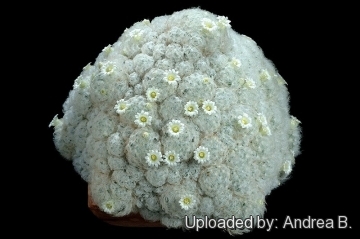 Chilita plumosa (Mammillaria plumosa) Photo by: Andrea B.
Chilita plumosa (Mammillaria plumosa) Photo by: Andrea B.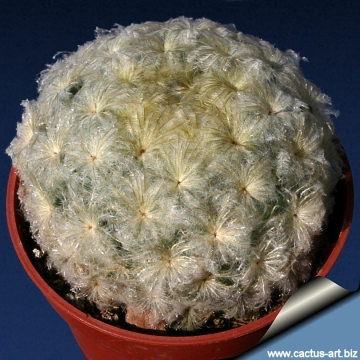 Chilita plumosa (Mammillaria plumosa) Photo by: Cactus Art
Chilita plumosa (Mammillaria plumosa) Photo by: Cactus Art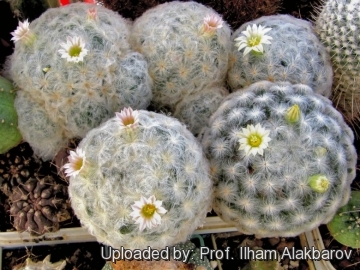 Chilita plumosa (Mammillaria plumosa) Photo by: Prof. Ilham Alakbarov
Chilita plumosa (Mammillaria plumosa) Photo by: Prof. Ilham Alakbarov Chilita plumosa (Mammillaria plumosa) Photo by: K.k. Agrawal
Chilita plumosa (Mammillaria plumosa) Photo by: K.k. Agrawal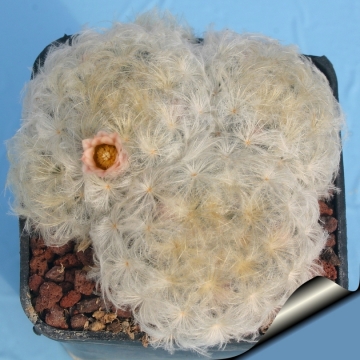 Chilita plumosa (Mammillaria plumosa) Photo by: Cactus Art
Chilita plumosa (Mammillaria plumosa) Photo by: Cactus Art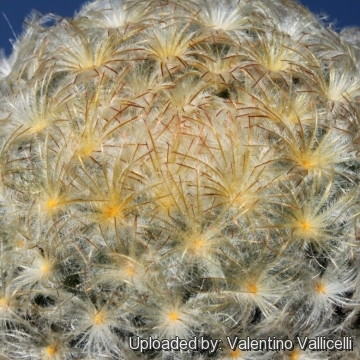 Chilita plumosa (Mammillaria plumosa) Photo by: Valentino Vallicelli
Chilita plumosa (Mammillaria plumosa) Photo by: Valentino VallicelliCultivation and Propagation: Needs regular water in summer, but for best appearance keep water off of the spines. Do not let the soil become too dry in winter, either. It does better with a good drained soil mix since it is a rot prone species, whose roots are easily lost in pots that stay damp for any length of time. It takes a couple of years to offset, but once it starts it can fill a 25cm pot in just a few years. Needs full sun or light shade in summer.
Propagation: Seeds, offsets (Cuttings root quickly).
Your Photos

by Cactus Art
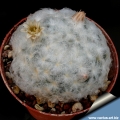
by Cactus Art
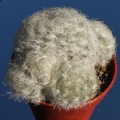
by Valentino Vallicelli
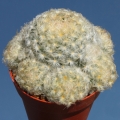
by Valentino Vallicelli
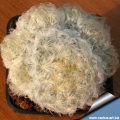
by Cactus Art
























